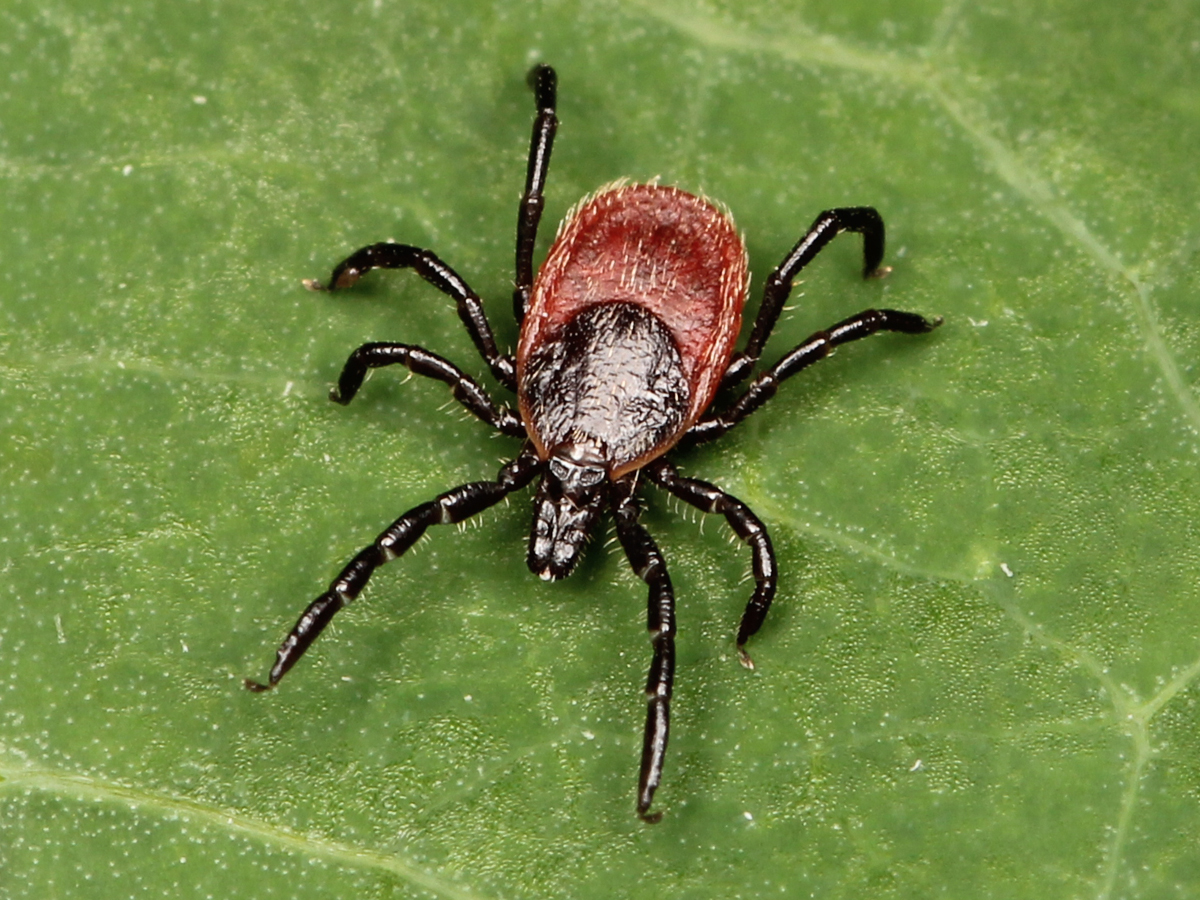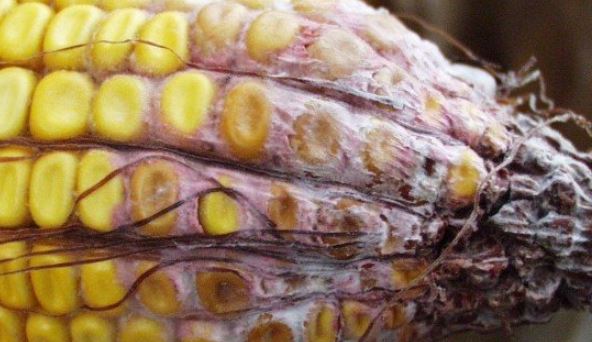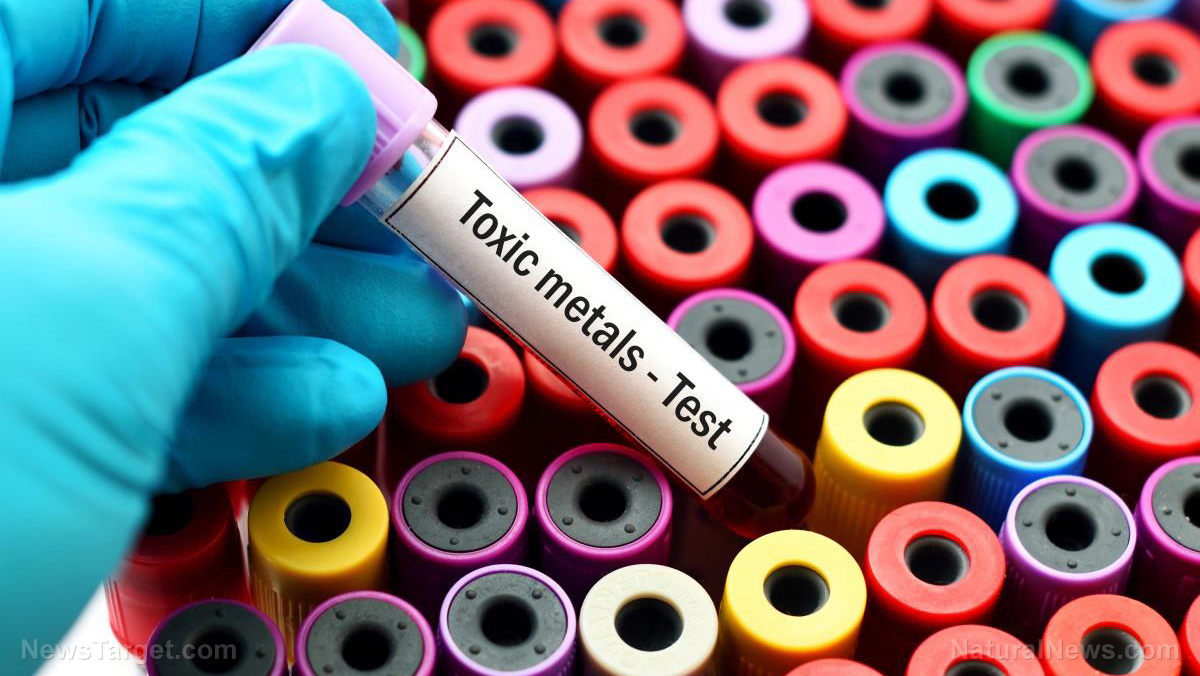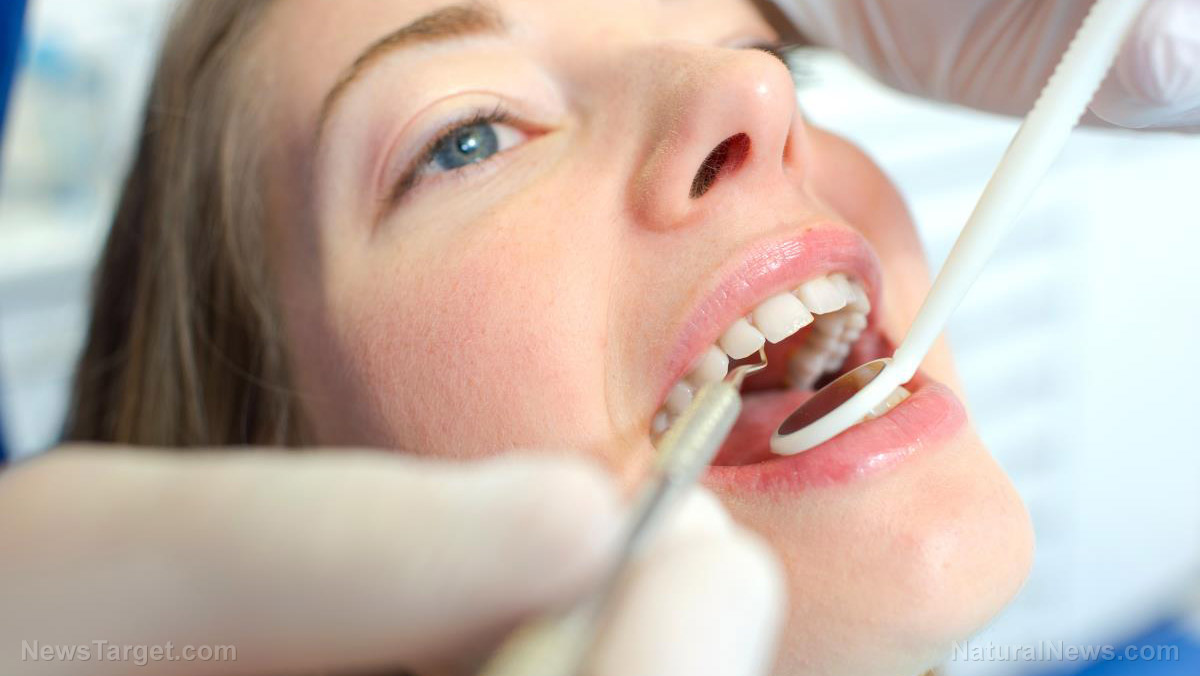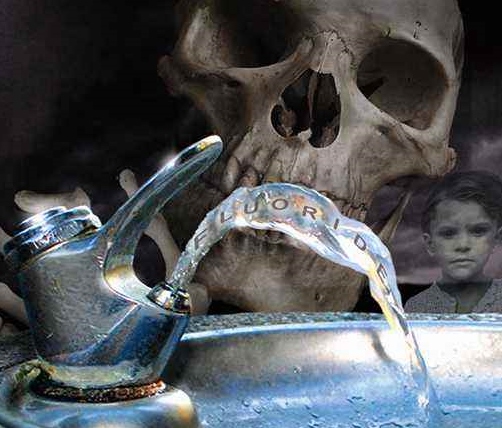Toxic flame retardants found in newly manufactured children’s car seats
06/11/2019 / By Ralph Flores

A recent test made by scientists at Indiana University (IU) revealed that 15 out of 18 children’s car seats tested positive for toxic flame retardants.
These shocking results, published in the journal Environmental Science & Technology Letters, raises new concerns about children’s health, as the car seats used in the study were newly marketed and manufactured in the last two years.
While the newer flame retardants that appeared are touted to be safer alternatives, the fact that they are found in children’s products without safety testing can pose risks for children’s health, explained lead investigator Maria Verner, a professor at IU’s School of Public and Environmental Affairs, in a statement.
“The abundance of emerging flame retardant chemicals in children’s car seats and the key role these products play as potential sources of chemical exposure is a cause for concern.”
For the study, the researchers bought car seats that were made between January 2017 and February 2018 in the U.S., Canada, or China. A total of 36 different fabrics and foam samples were tested from the 18 car seats.
The findings revealed high levels of cyclic phosphonate esters (PMMMPS) in 34 of the 36 samples — a first in North America. According to the researchers, this suggests that PMMMPS is used as an alternative flame retardant for compounds that are known to be harmful. They also found other emerging flame retardants like tris (2,4-di-t-butylphenyl) phosphate (TDTBPP) and resorcinol bis(diphenyl phosphate) (RDP) in baby products for the first time.
In addition, at least 75 percent the car seats tested positive for polybrominated diphenyl ethers (PBDEs). While researchers noted that the PBDE levels observed were low, suggesting that these weren’t intentionally added, the chemicals have been phased out of use since 2013 over health concerns.
Four samples, however, contained elevated levels of decabromodiphenyl ethane (DBDPE), a brominated flame retardant linked to oxidative stress, hormone disruption, and thyroid problems. The researchers believed that it was intentionally used in the sampled products.
In the U.S., children’s car seats are subject to the same flammability standards as car interiors, in accordance to the Federal Motor Code Safety Standard 302 by the National Highway Traffic Safety Administration.
To meet this standard, most manufacturers routinely use flame retardants, especially since these are cost-effective, making them viable for production.
Recent studies, however, have revealed the danger of being exposed to flame retardants, as these are linked to various side effects, such as impaired brain development, hormone disruption, liver damage, and even cancer.
While adults are also at risk, children are more prone to these negative health effects given their size and tendency to put their hands and objects in their mouths. They can also be exposed to flame retardants by breathing them in, as these chemicals can leach into the air from foam and fabrics.
The summer months can make this especially problematic, as the heat means children are more likely to be exposed to flame retardants in a closed-car or poorly ventilated environment. Other means of exposure include skin contact through the dust that accumulates in the vehicles or by chewing on the car seats.
For lead author Yan Wu, a postdoctoral researcher at IU, their results still come with a silver lining — that many car seat manufacturers are making a conscious effort to remove toxic chemicals from their products. But, what they’re putting in instead is still a cause for concern and should be studied further.
“Car seats are vital for protecting children during a vehicle crash, but more research is needed to ensure that those seats are chemically safe as well,” he added.
It’s not just car seats that you have to worry about, though: Toxins are found pretty much everywhere — even in your baby’s diapers. Learn more about other toxins that may be hiding in plain sight at Toxins.news.
Sources include:
Tagged Under: babies, car seats, chemicals, child health, child safety, children's health, dangerous chemicals, deception, disease causes, environment, Flame retardants, hygiene, infant health, Infants, poisons, safety seats, toxic car seats, toxic chemicals, toxic ingredients, toxins
RECENT NEWS & ARTICLES
COPYRIGHT © 2017 TOXINS NEWS

